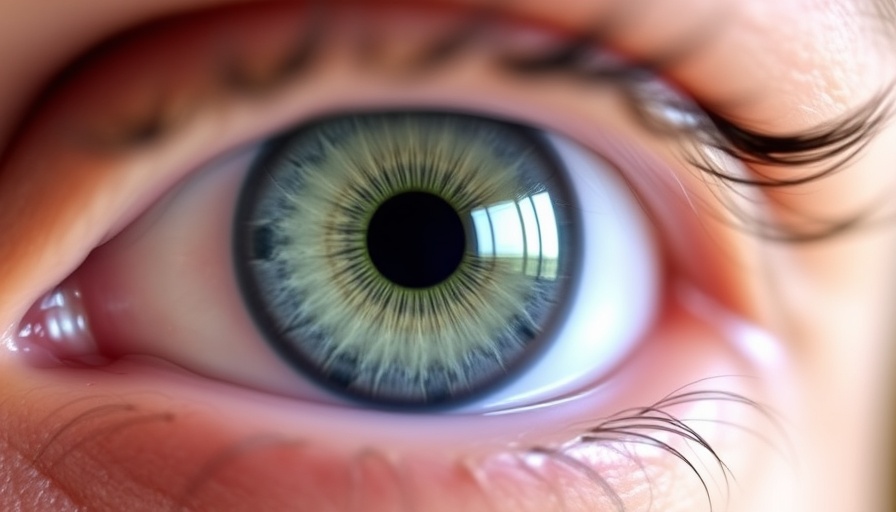
Understanding Eye Diseases and Their Prevalence
Eye diseases are not just a matter of discomfort; they pose serious threats to the quality of life and economic productivity of individuals affected. A recent study conducted at Debre Markos Referral Hospital revealed startling statistics about the impact of these conditions, notably cataracts, presbyopia, and glaucoma. The comprehensive examination of 61,946 patients between 2019 and 2023 underscored that these diseases primarily affect individuals of productive age—specifically those between 15 and 64 years. This demographic represents a significant portion of the workforce, suggesting that untreated eye conditions could have far-reaching economic implications.
The Toll of Vision Impairment
According to the World Health Organization (WHO), an estimated 2.2 billion people globally experience near or distance vision impairment. With cataracts accounting for 94 million cases and refractive errors for an additional 88.4 million, the urgent need for awareness and preventive measures becomes clear. In regions such as sub-Saharan Africa, over 80% of near vision impairments remain unaddressed, indicating a severe gap in healthcare resources and awareness. The findings from Debre Markos exemplify this alarming trend, particularly among male patients, with a notable prevalence of monocular blindness and visual impairment.
Local Insights Unveiling Global Trends
The prevalence of eye diseases in Debre Markos mirrors the global scenario where low- and middle-income regions experience a disproportionate burden of visual impairment compared to wealthier areas. This disparity highlights the importance of local healthcare initiatives tailored to combat these issues. Regional factors, including socioeconomic status and access to healthcare facilities, are crucial in understanding why certain populations are more affected than others.
Future Trends and Opportunities in Eyecare
Looking forward, there is considerable potential for innovation in eye care. Sustainable interventions, such as community awareness programs focusing on preventive care and accessibility, can dramatically change the landscape of eye health. With increasing population growth and aging demographics, proactive measures are essential to mitigate the anticipated rise in cases of vision impairment.
Encouraging Sustainable Solutions
The findings from the Debre Markos Referral Hospital emphasize the need for more robust healthcare policies and community health initiatives aimed at increasing awareness and access to eye care services. These initiatives could include free eye check-ups and educational programs to inform the public about the importance of regular eye examinations. By galvanizing resources and support, we can create an environment where eye diseases do not disproportionately impact the most vulnerable populations.
Take Action: Advocate for Eye Health
To truly change the narrative around eye diseases, collective action is necessary. Advocating for more funding for eye health programs and encouraging individuals to seek regular check-ups can make a significant difference. Everyone has a role in raising awareness about the importance of eye health, ensuring that fewer individuals suffer from preventable conditions.
 Add Row
Add Row  Add
Add 




Write A Comment